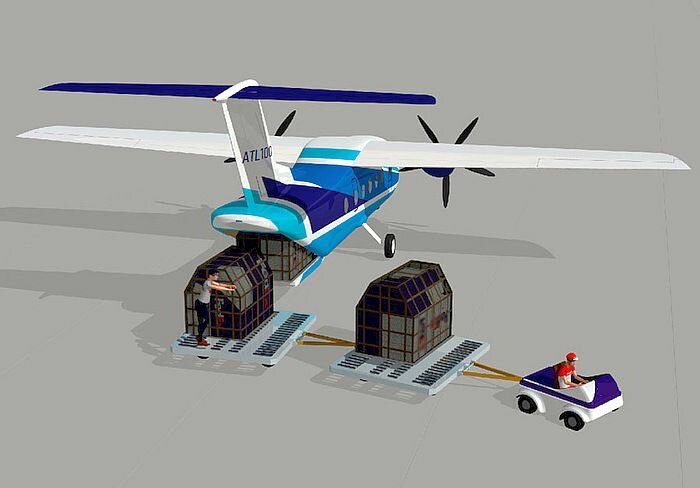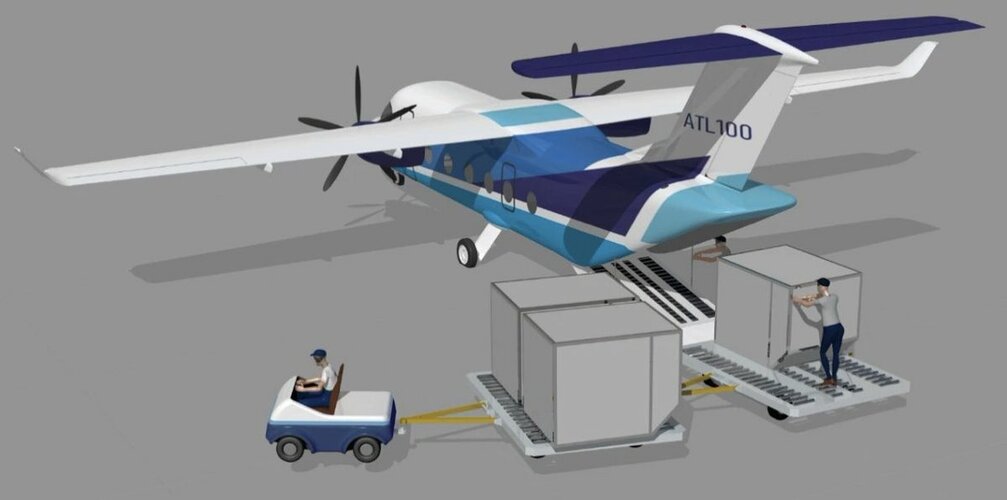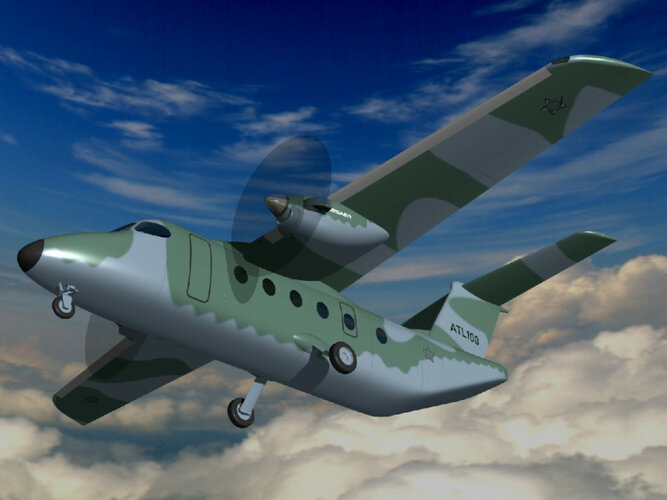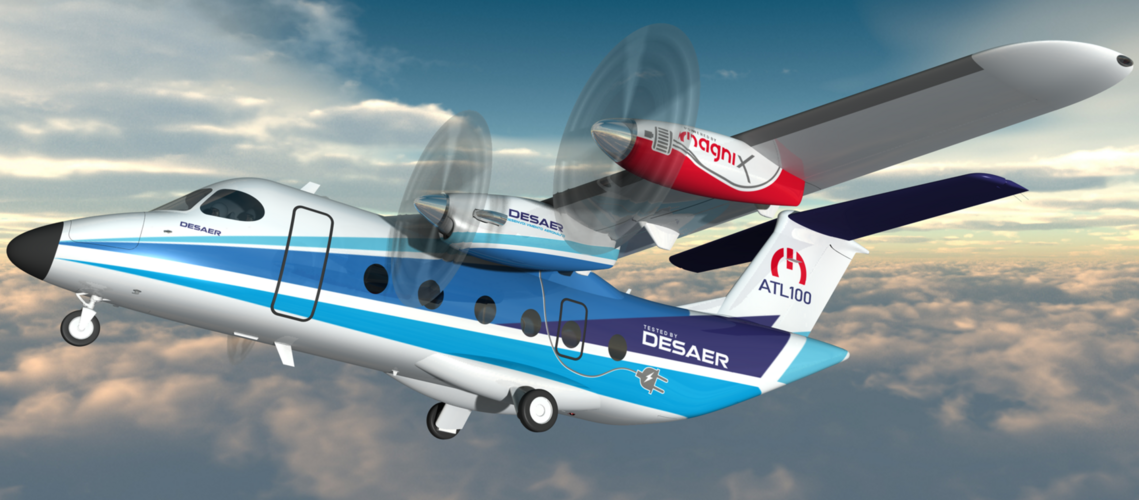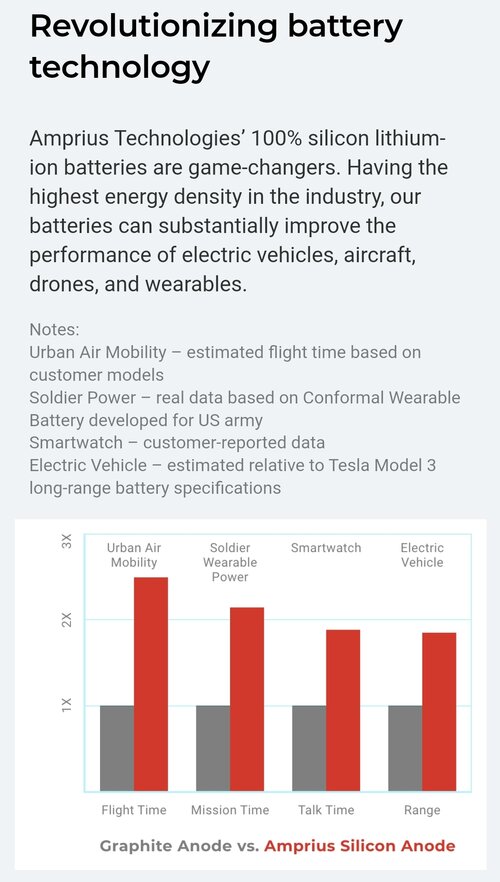aonestudio
I really should change my personal text
- Joined
- 11 March 2018
- Messages
- 2,962
- Reaction score
- 7,475

GE Aviation to partner with Boeing on hybrid electric flight test demonstration program | GE Aerospace News
EVENDALE, Ohio – GE Aviation has selected Boeing to support flight tests of its hybrid electric propulsion system using a modified Saab 340B aircraft and CT7-9B turboprop engines. Boeing and its subsidiary Aurora Flight Sciences will provide GE Aviation with airplane modification, system...
February 3, 2022
EVENDALE, Ohio – GE Aviation has selected Boeing to support flight tests of its hybrid electric propulsion system using a modified Saab 340B aircraft and CT7-9B turboprop engines.



